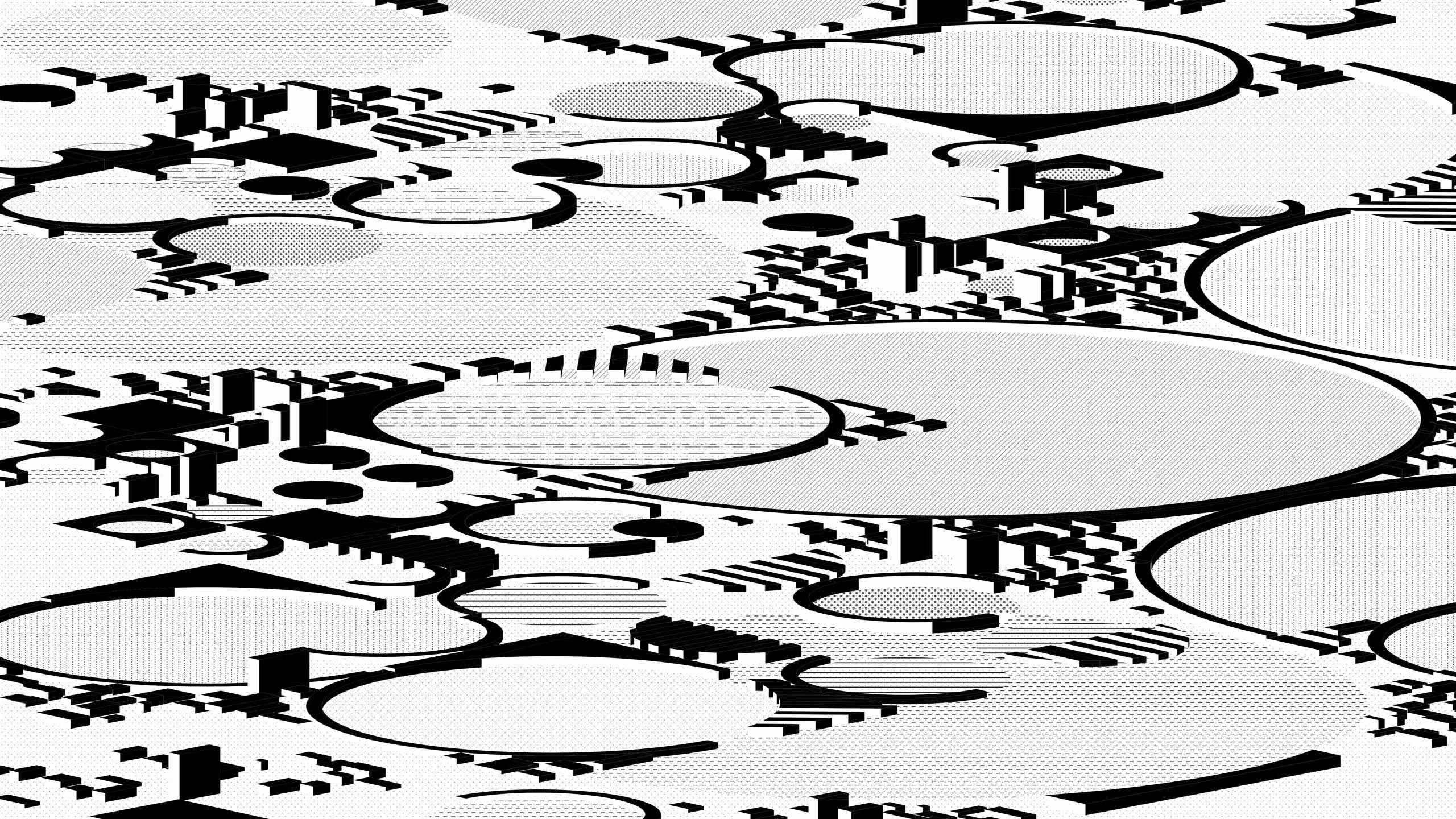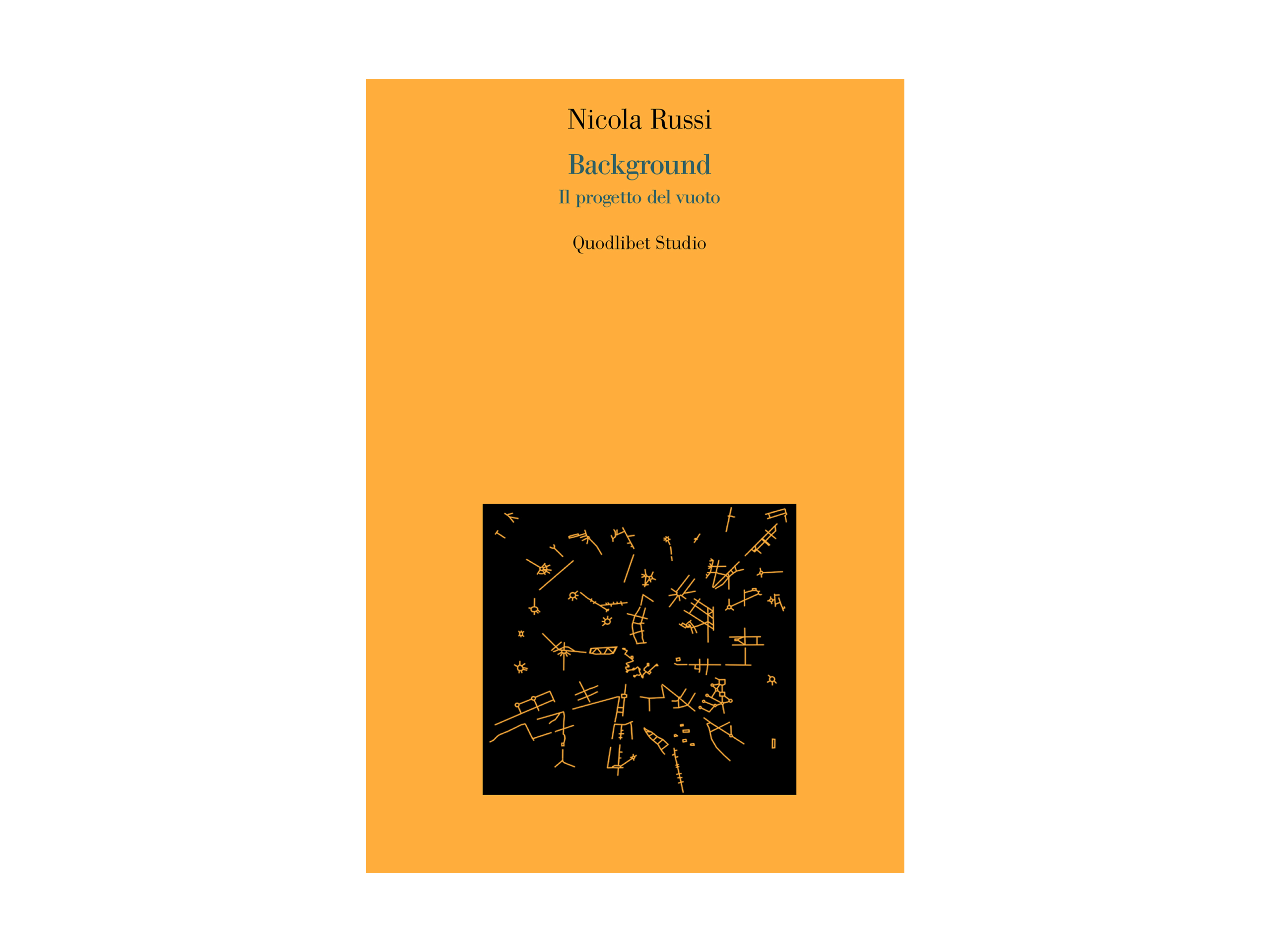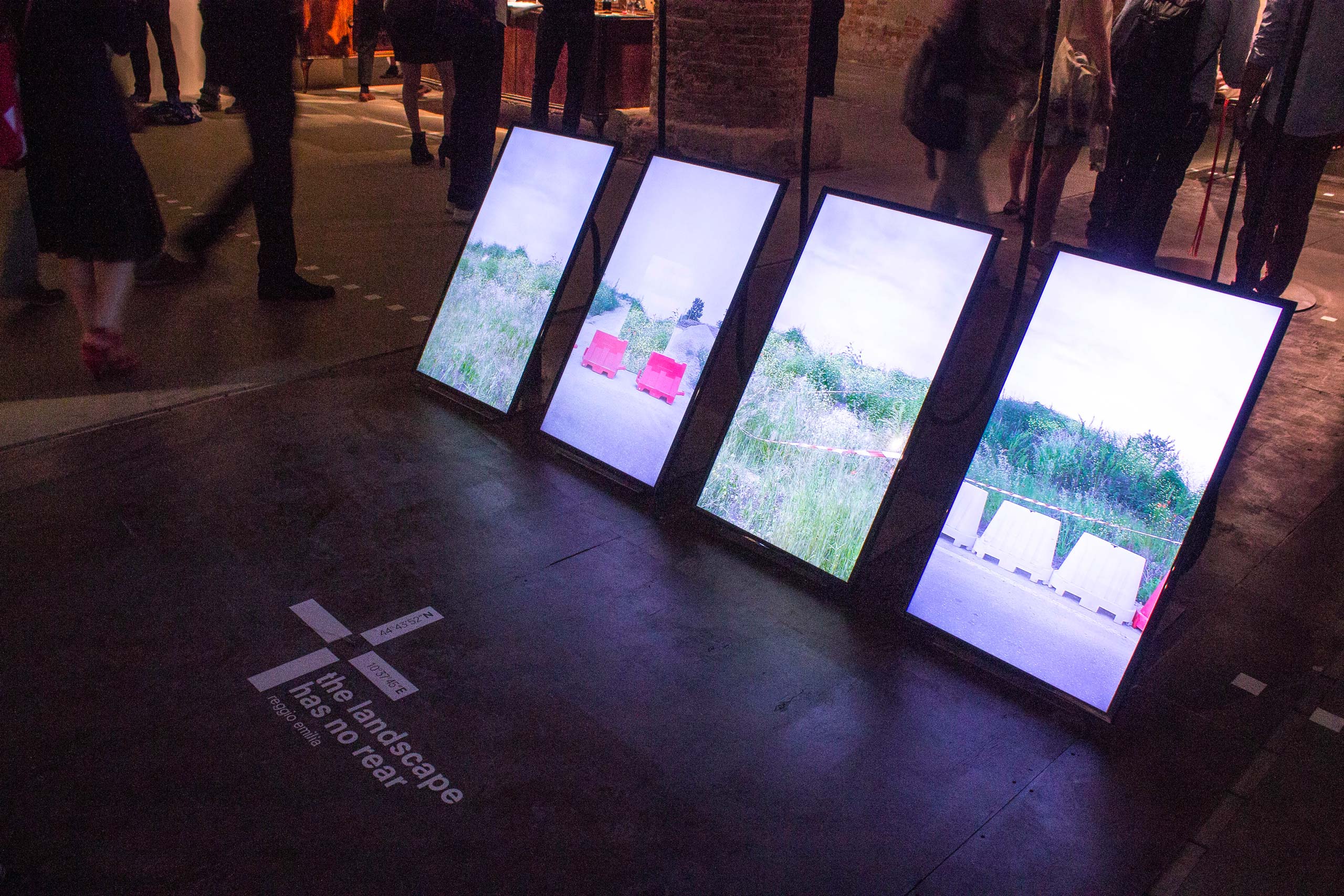- Research
- Strategic developments
Tashkent Modernist Palimpsest
- LocationTashkent, UZ
- Year2022
- TeamGRACE, Politecnico di Milano, Boris Chukhovich, Laboratorio Permanente, Novaya Labs, Commonwealth Partnership
- Context The research ‘Tashkent Modernism XX/XXI’ was carried out with the support of Gayane Umerova, President of the Foundation for the Development of Art and Culture of Uzbekistan, and coordinated by GRACE.

It is not a frequent condition that a collection of modernist buildings, diverse in type, form, and function, can be read as an archipelago of architectures coherently and simultaneously immersed in an equally cohesive and congruent urban landscape. But this is the case of Tashkent.
The best-known cases, such as Brasilia or Chandigarh, show us architectures conceived and built in unison with their cities, where the long time that usually elapses between urban planning and architectural design is condensed in the hands of individual architects.
The case of Tashkent is equally significant but different for many reasons: Tashkent is not to be considered a city of pure founding. The complexity that modernist Tashkent expresses is that of an urban palimpsest that was written in a time frame sufficiently short to retain coherence within it and reasonably dilated to allow for different interpretations of the same design culture.

This research, part of the broader project Tashkent Modernism XX/XXI, funded by The Uzbekistan Art and Culture Development Foundation and published by Lars Müller Publishers, investigates how successive urban plans have shaped the city in different ways.

Some legacies are immediately recognizable in major infrastructures and functional layouts, while others, though less apparent, are no less significant. These take the form of subtle networks of open spaces that connect the major modern architectures scattered throughout the city.
This reticular structure of the void that relies on pre-existing water and environmental systems is one of the most significant physical manifestations of an urban design culture that, in other historical and geographical contexts, has yet to be applied as extensively and pervasively as in Tashkent.

Tashkent’s pressing real estate development of the past decade is jeopardizing the continuity of this network, and thus its functioning, by incrementally eroding significant portions of its open spaces and green surfaces.





